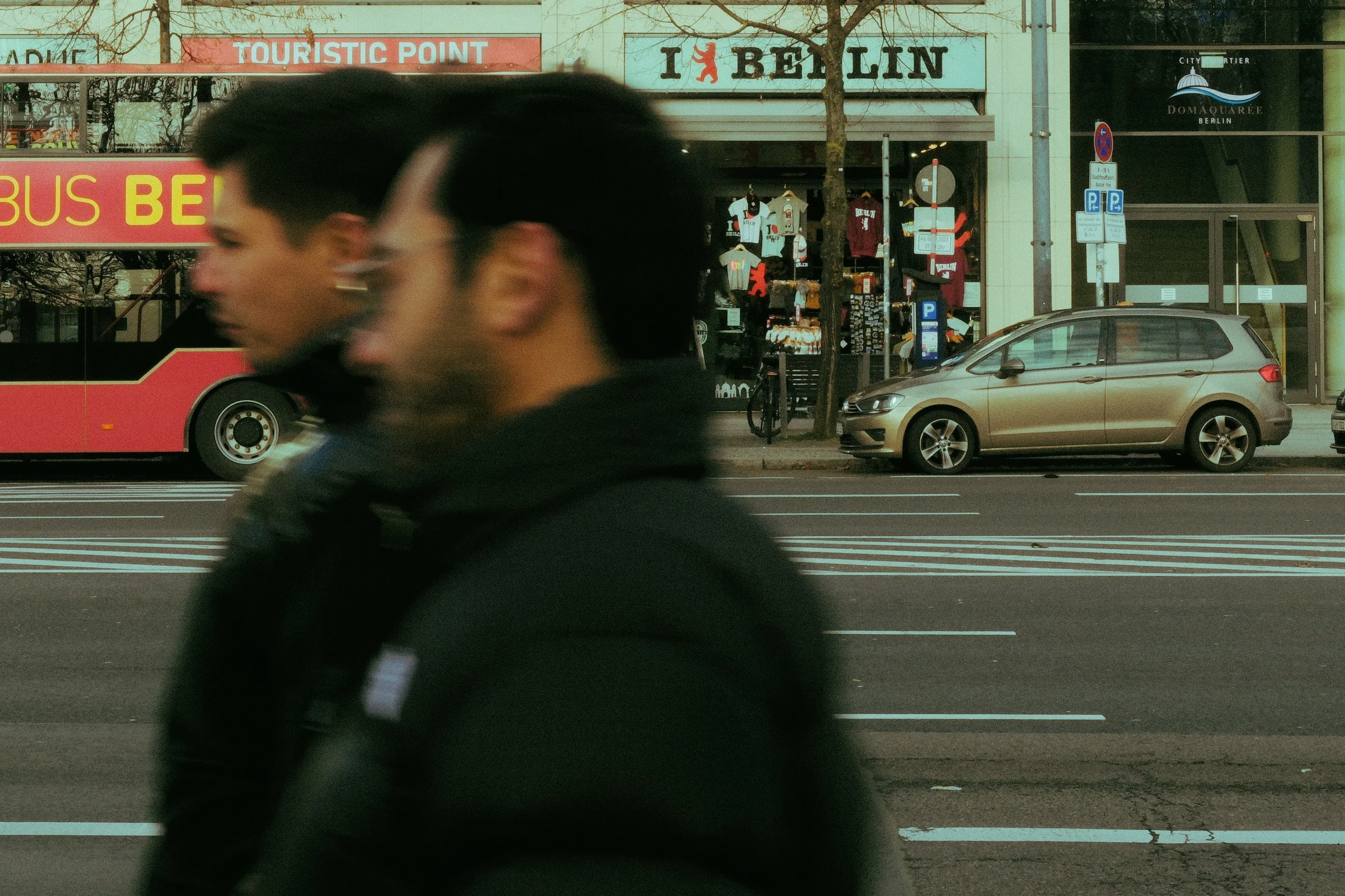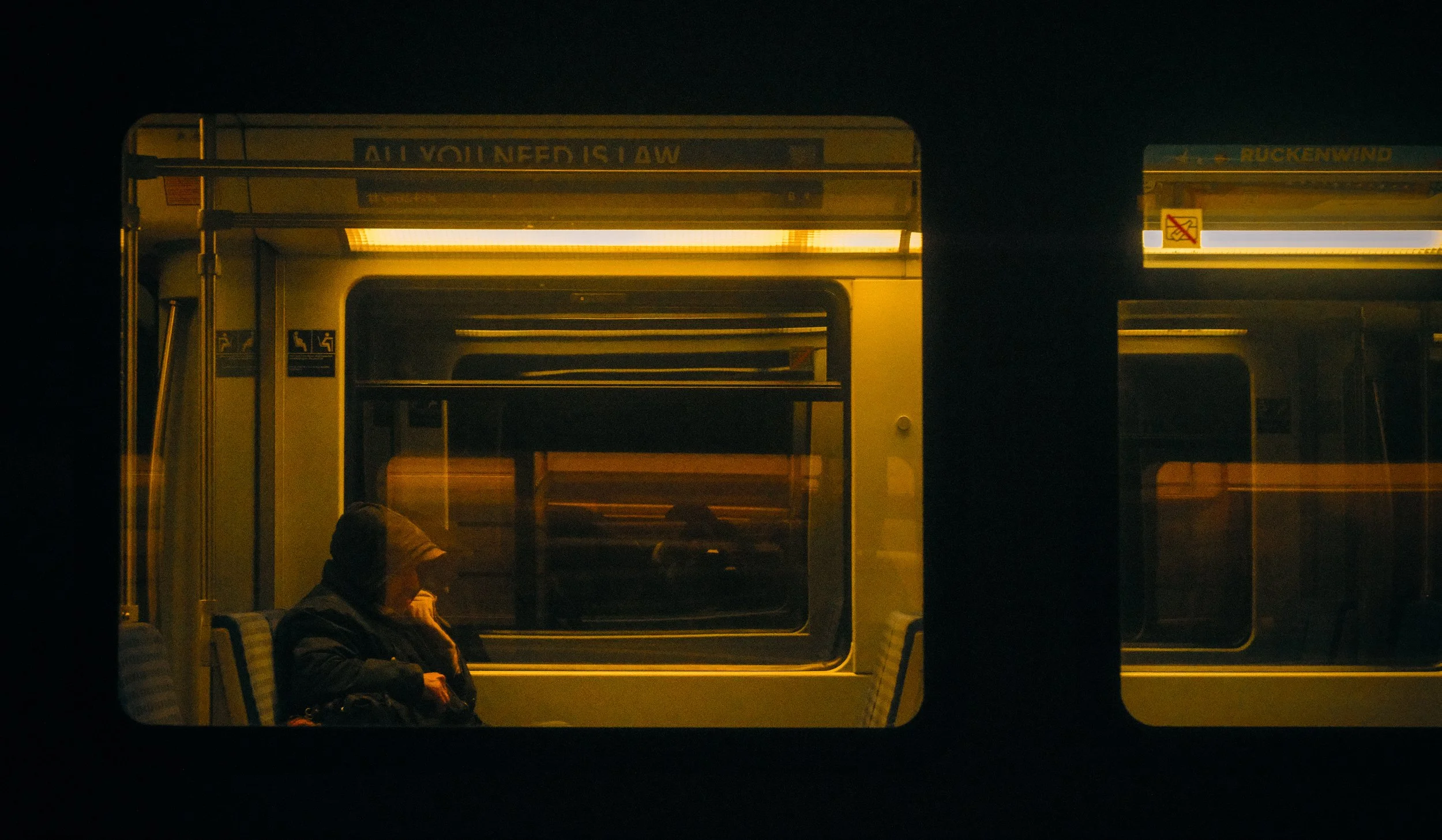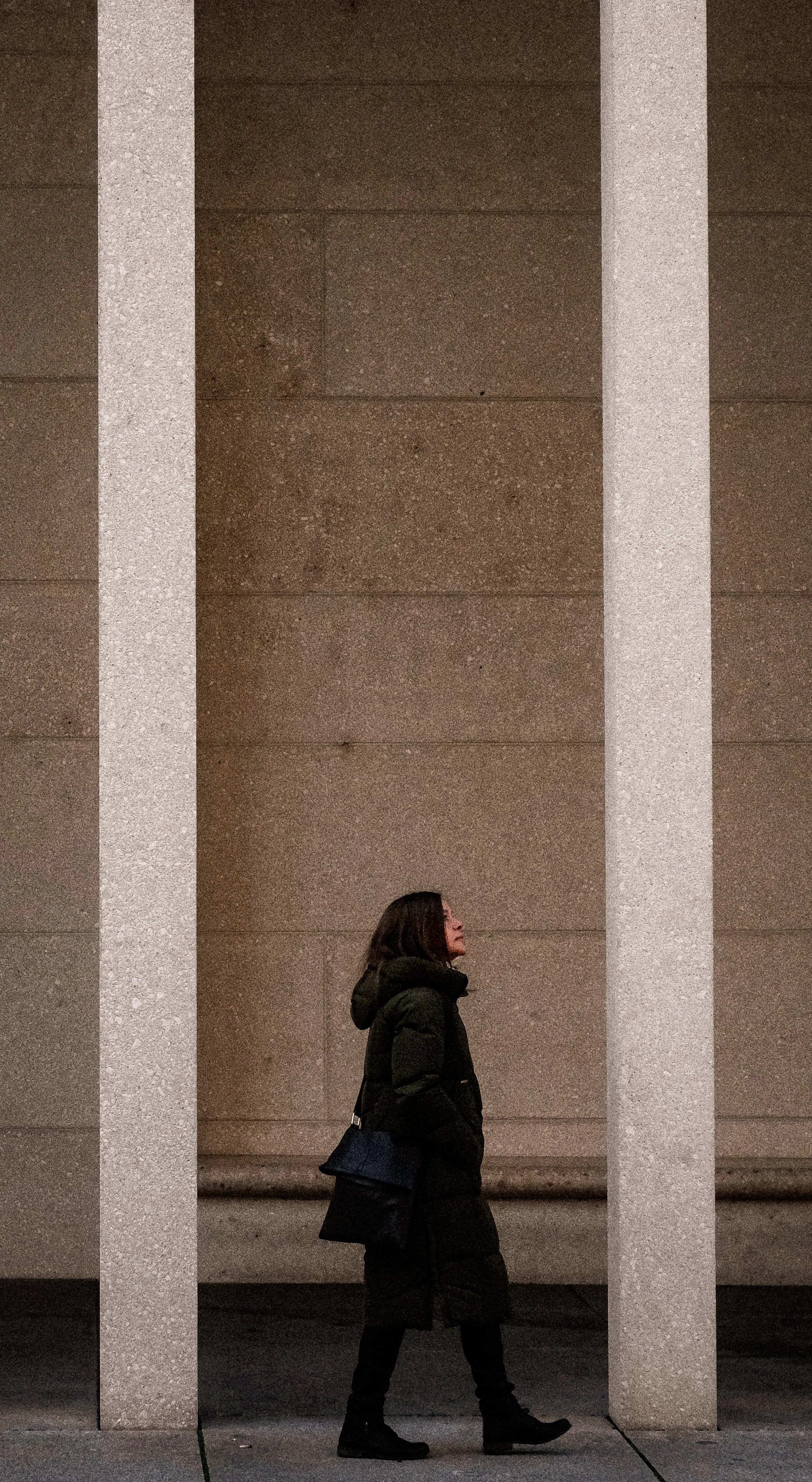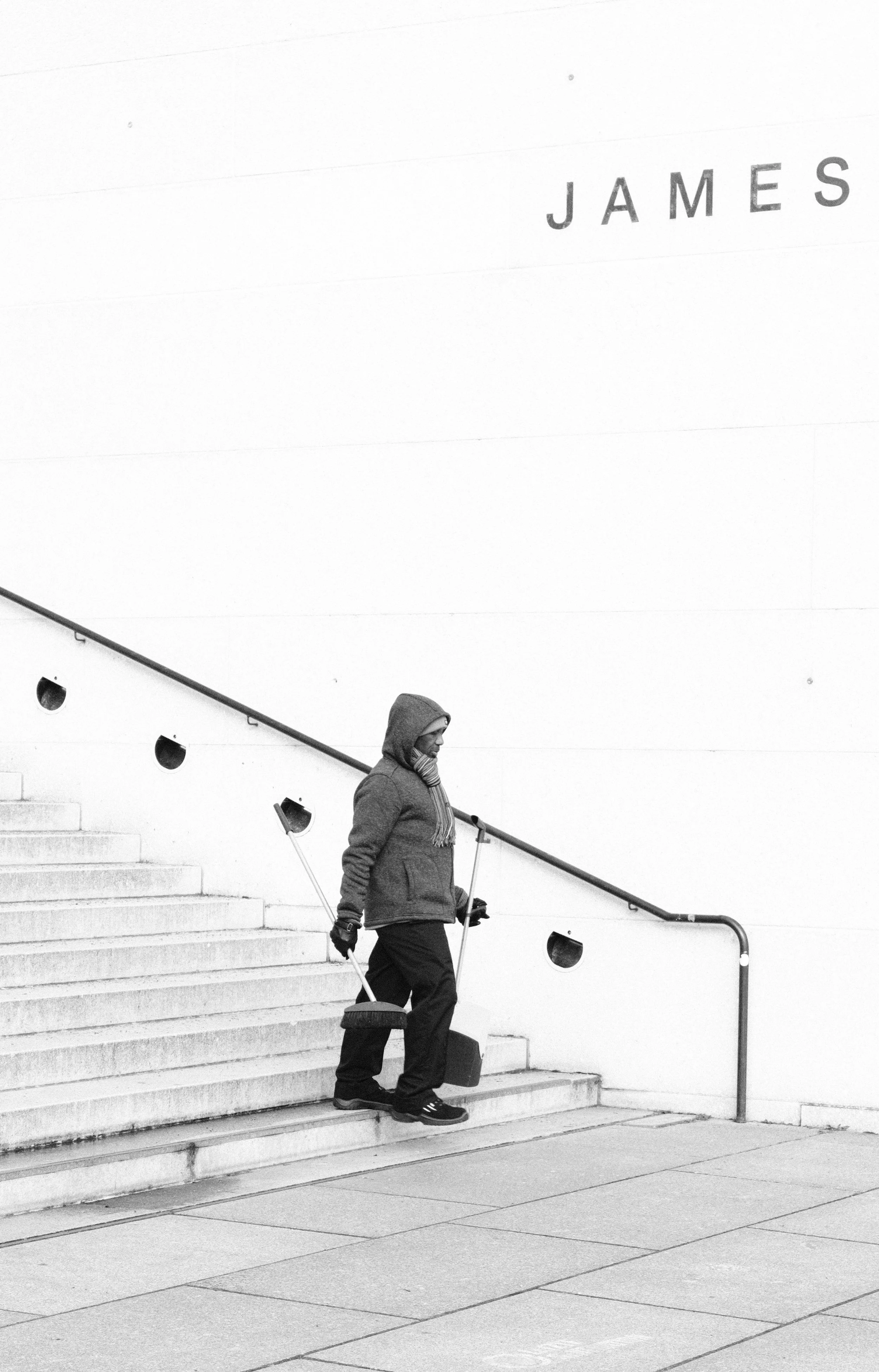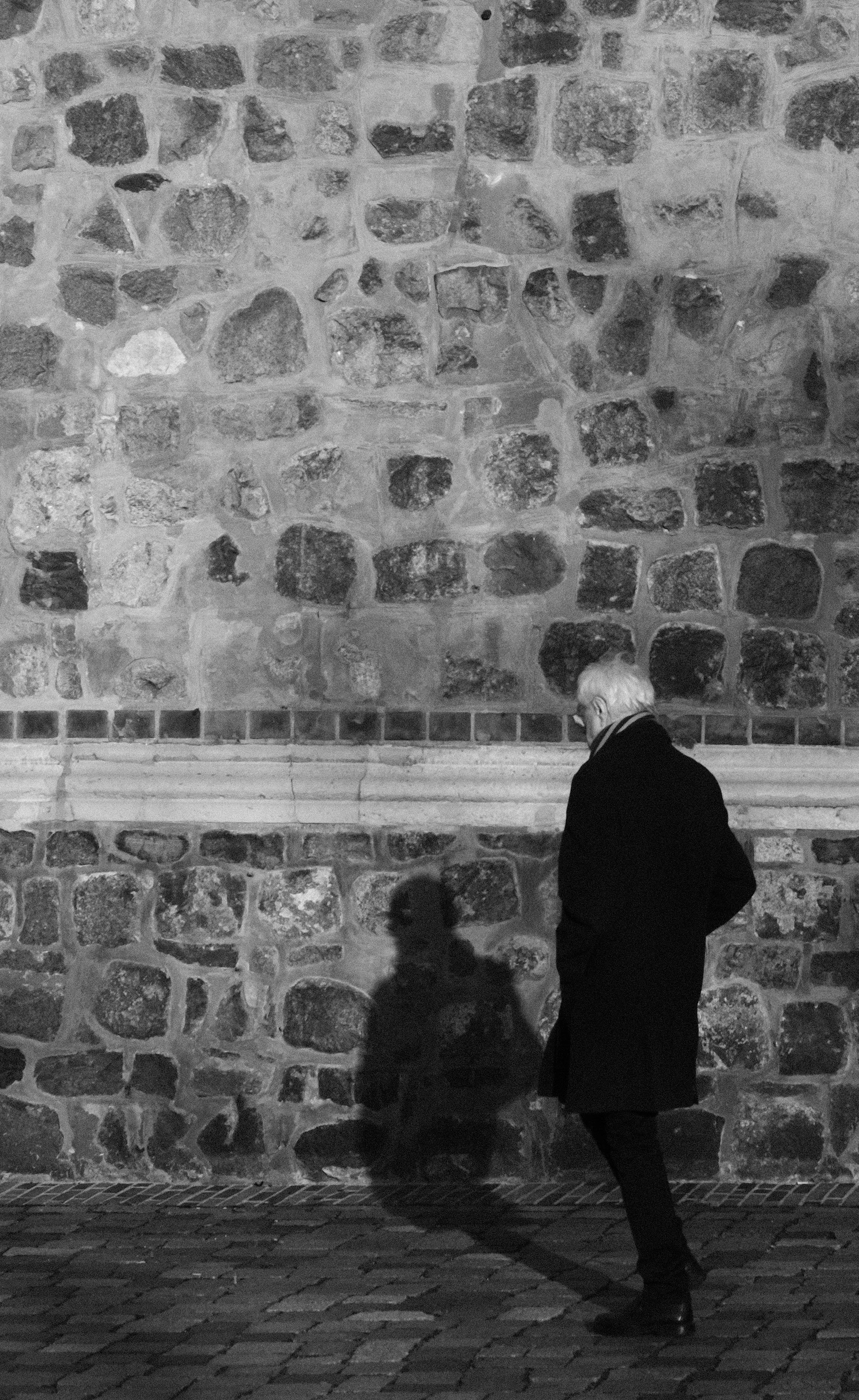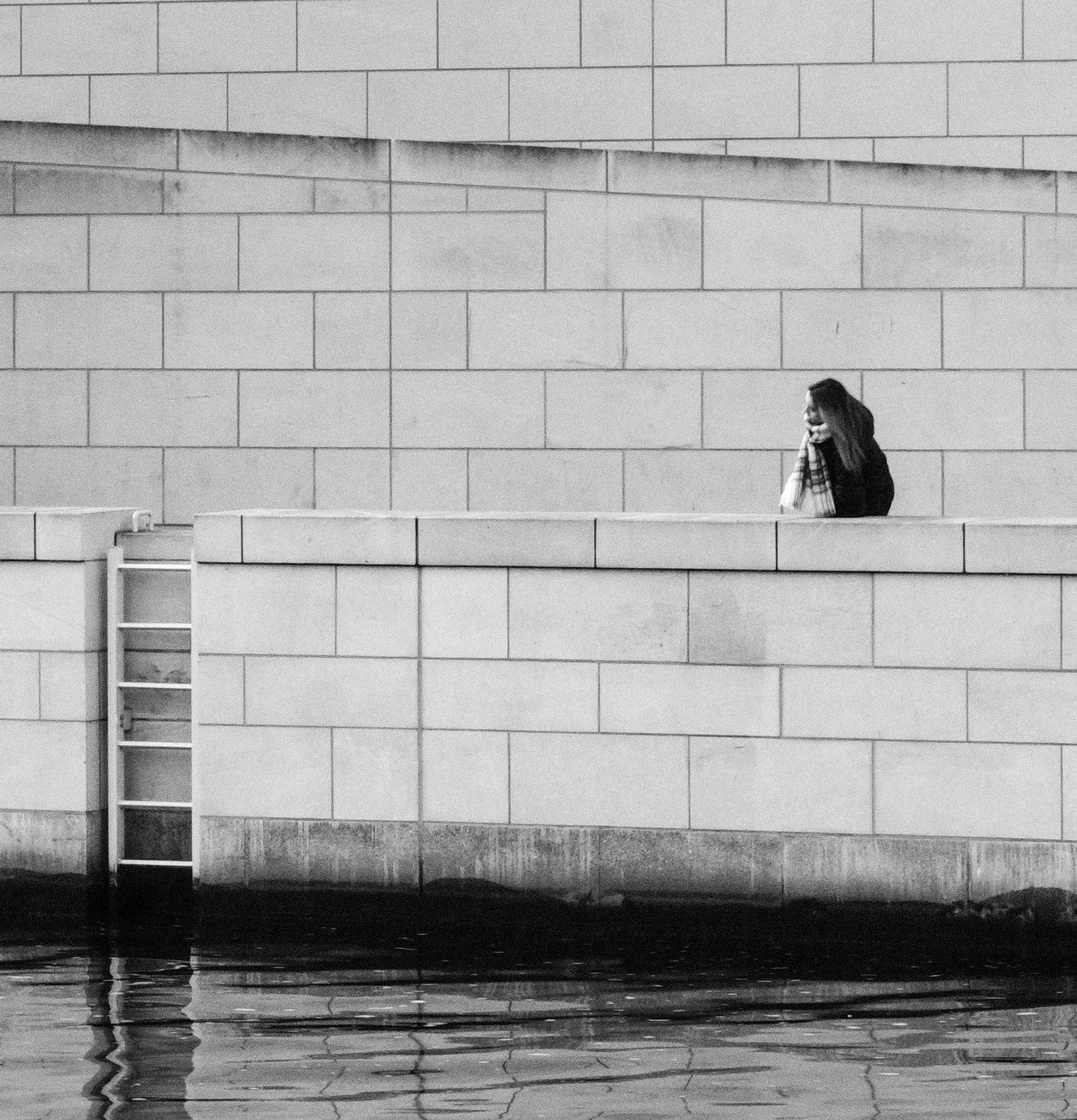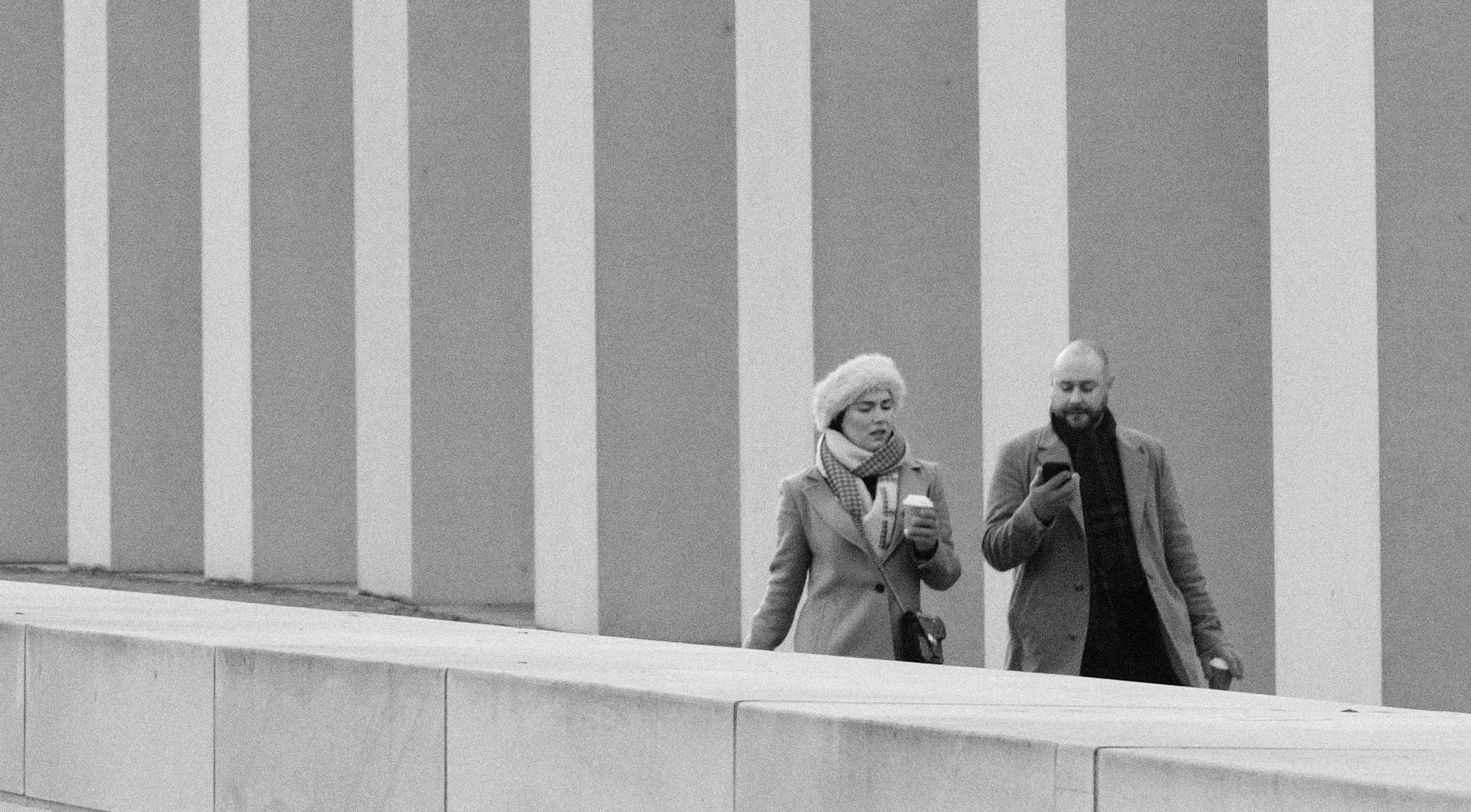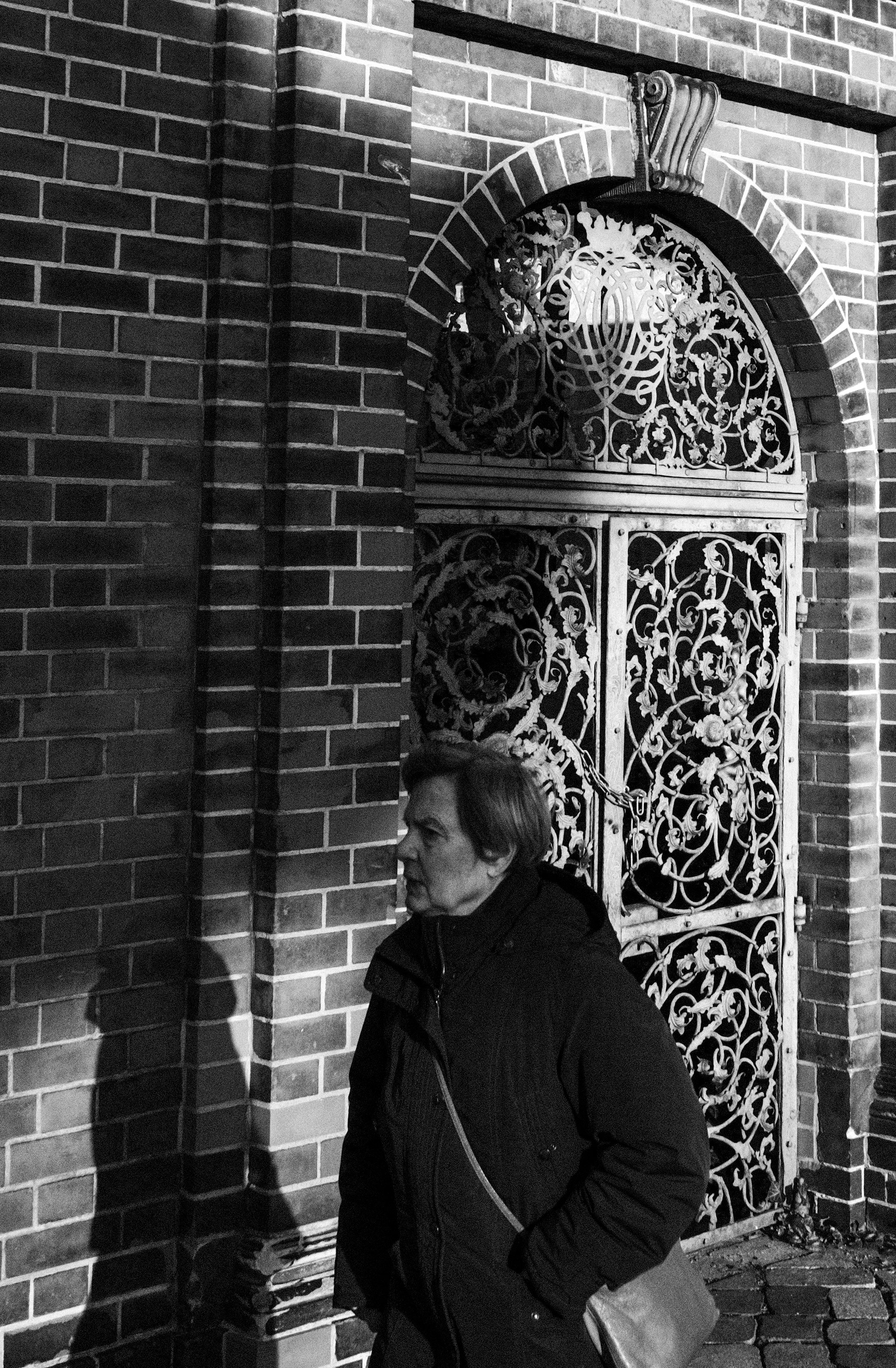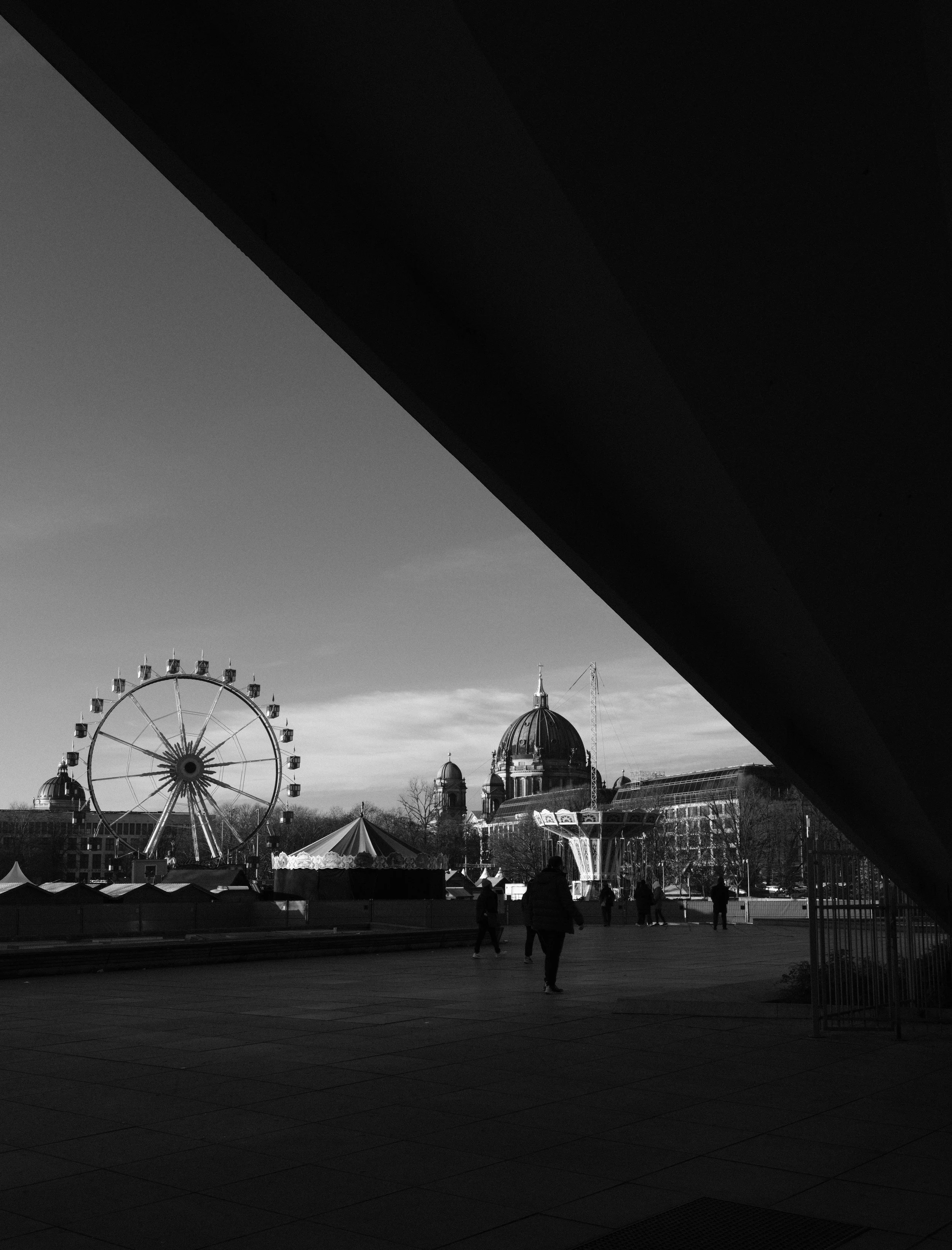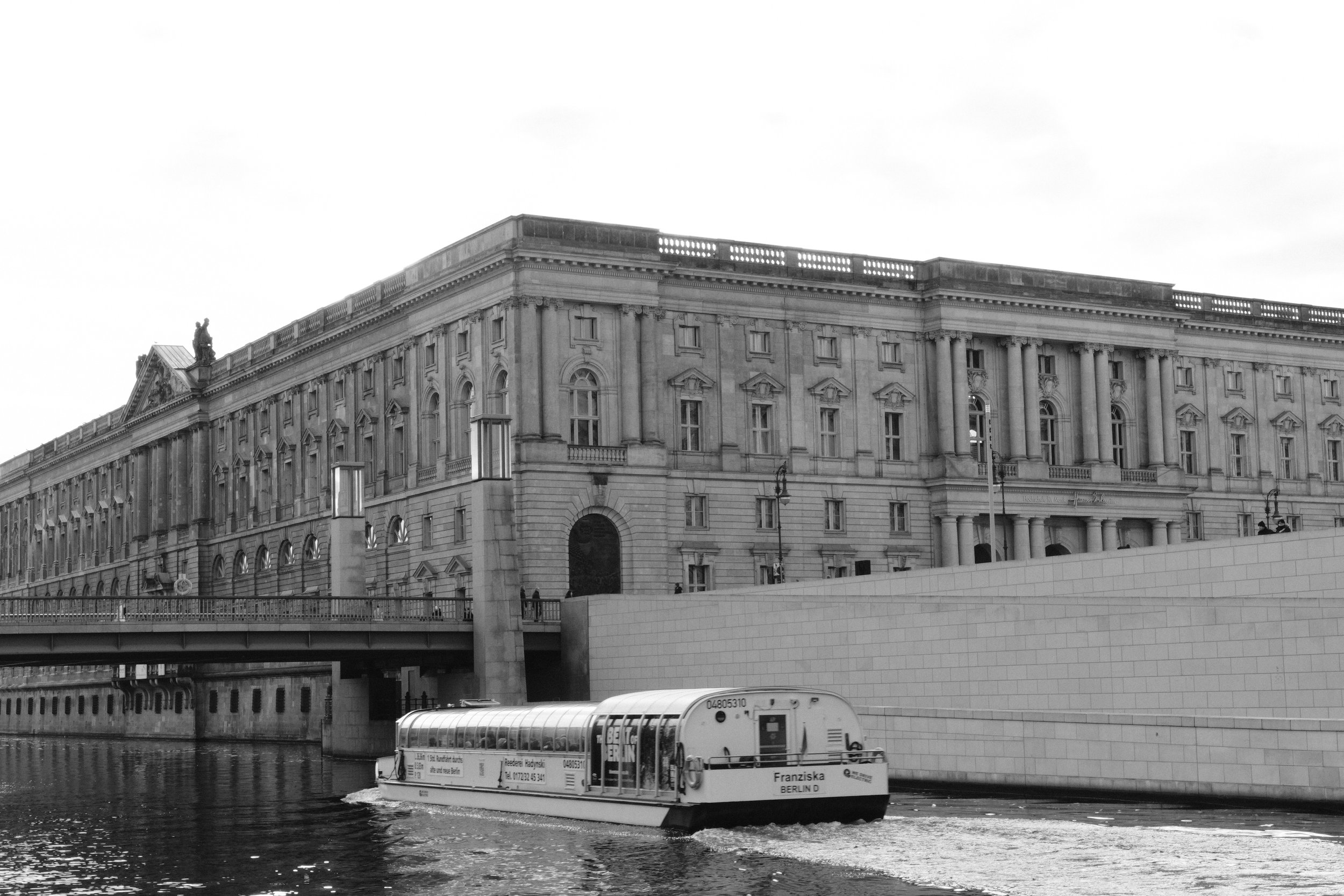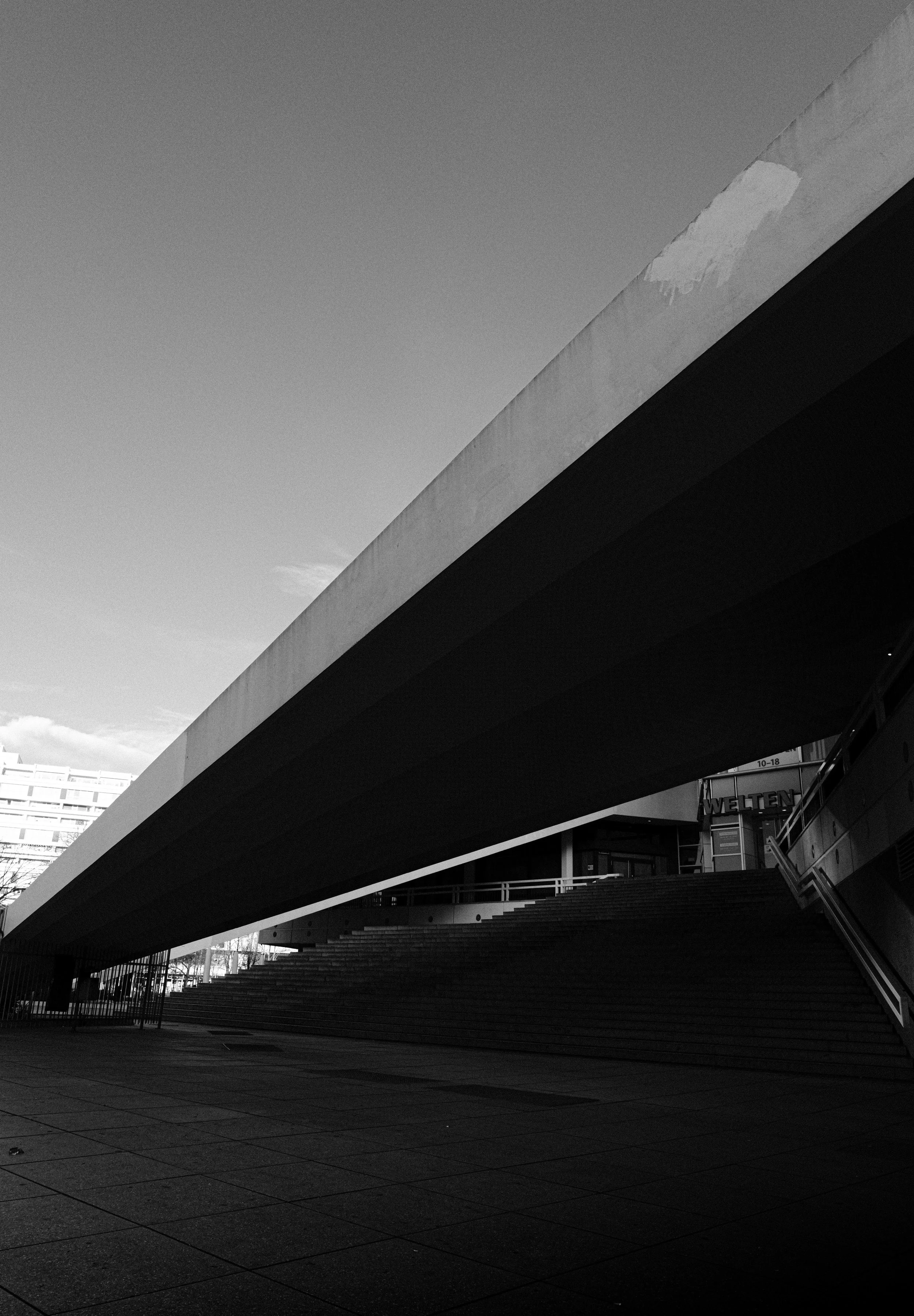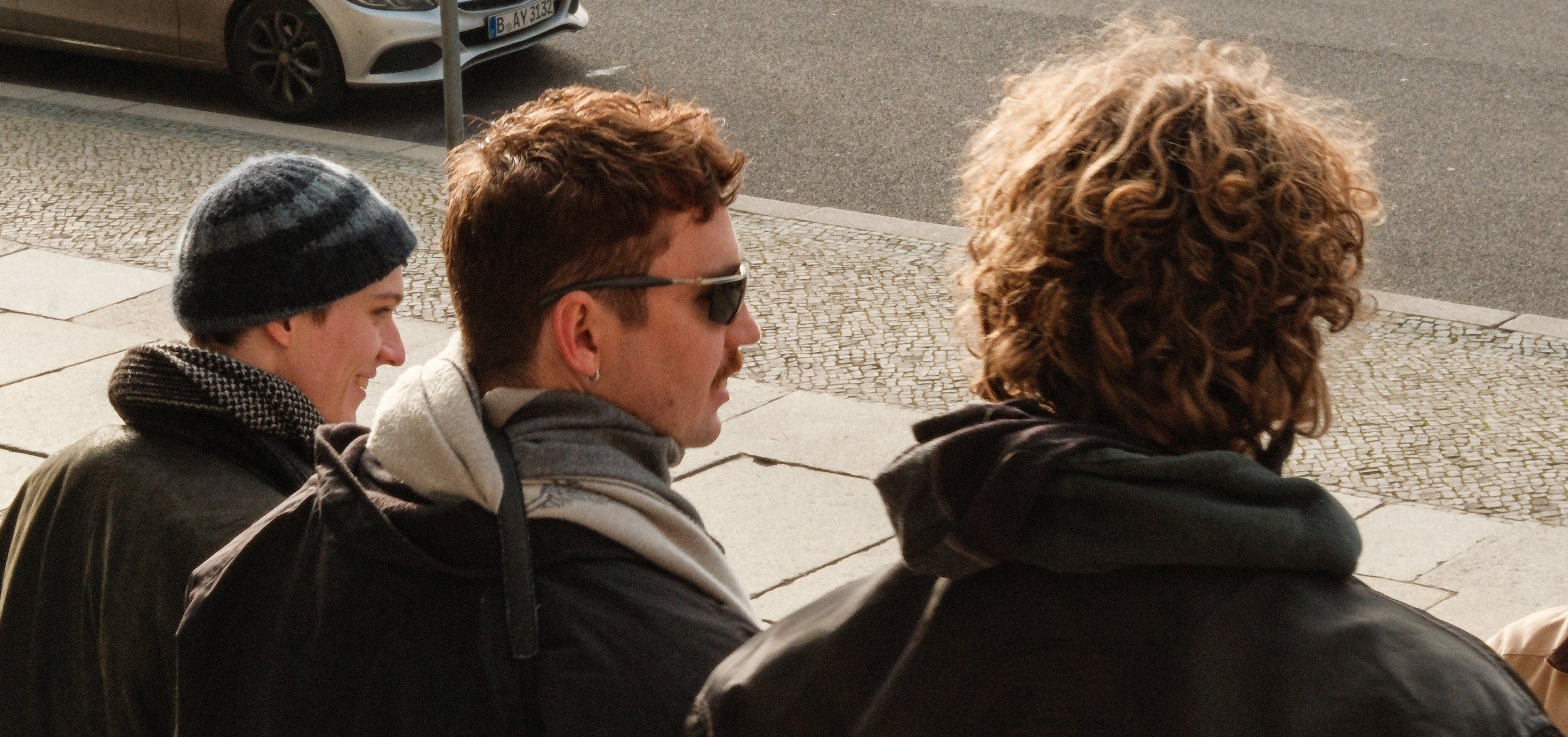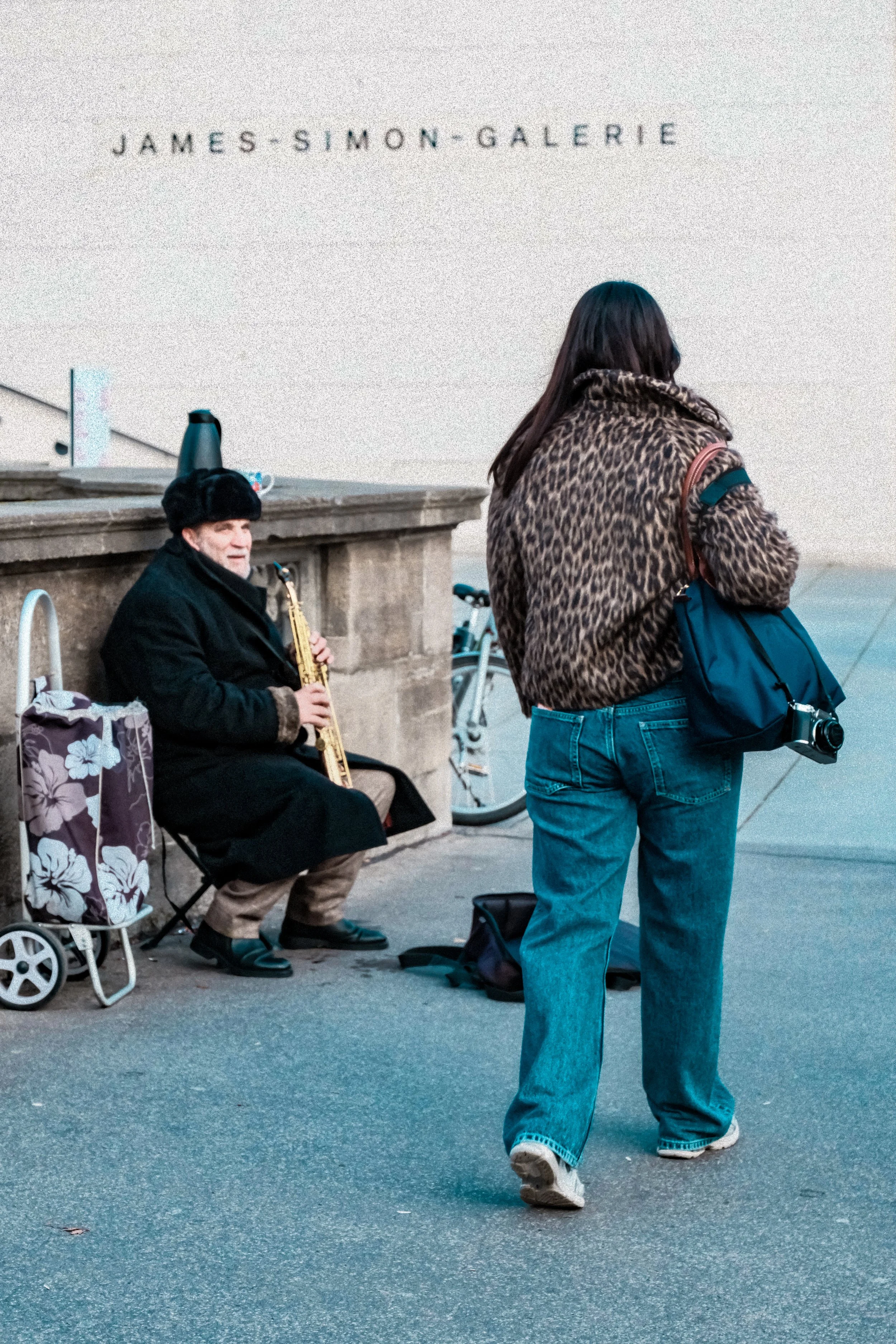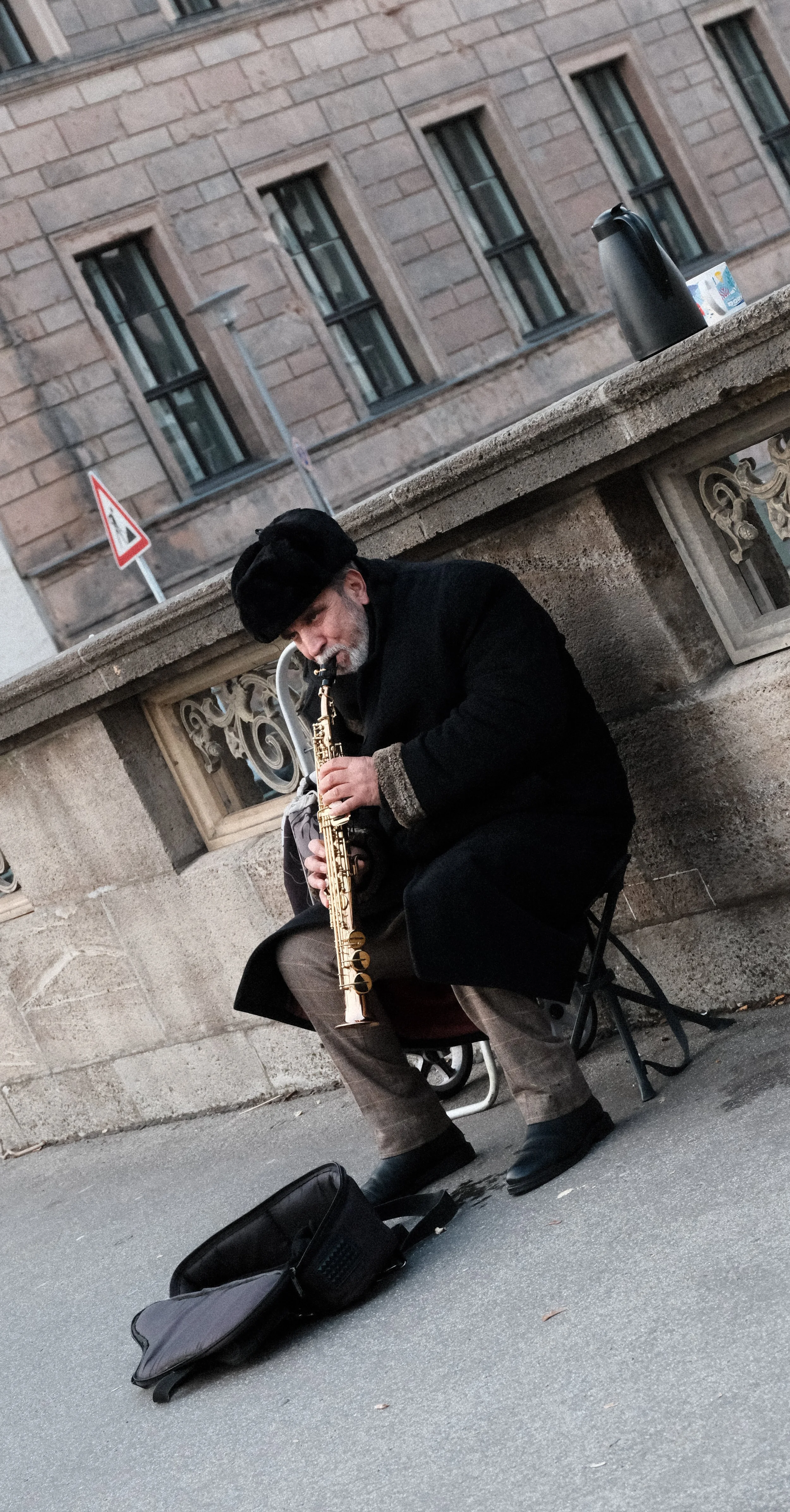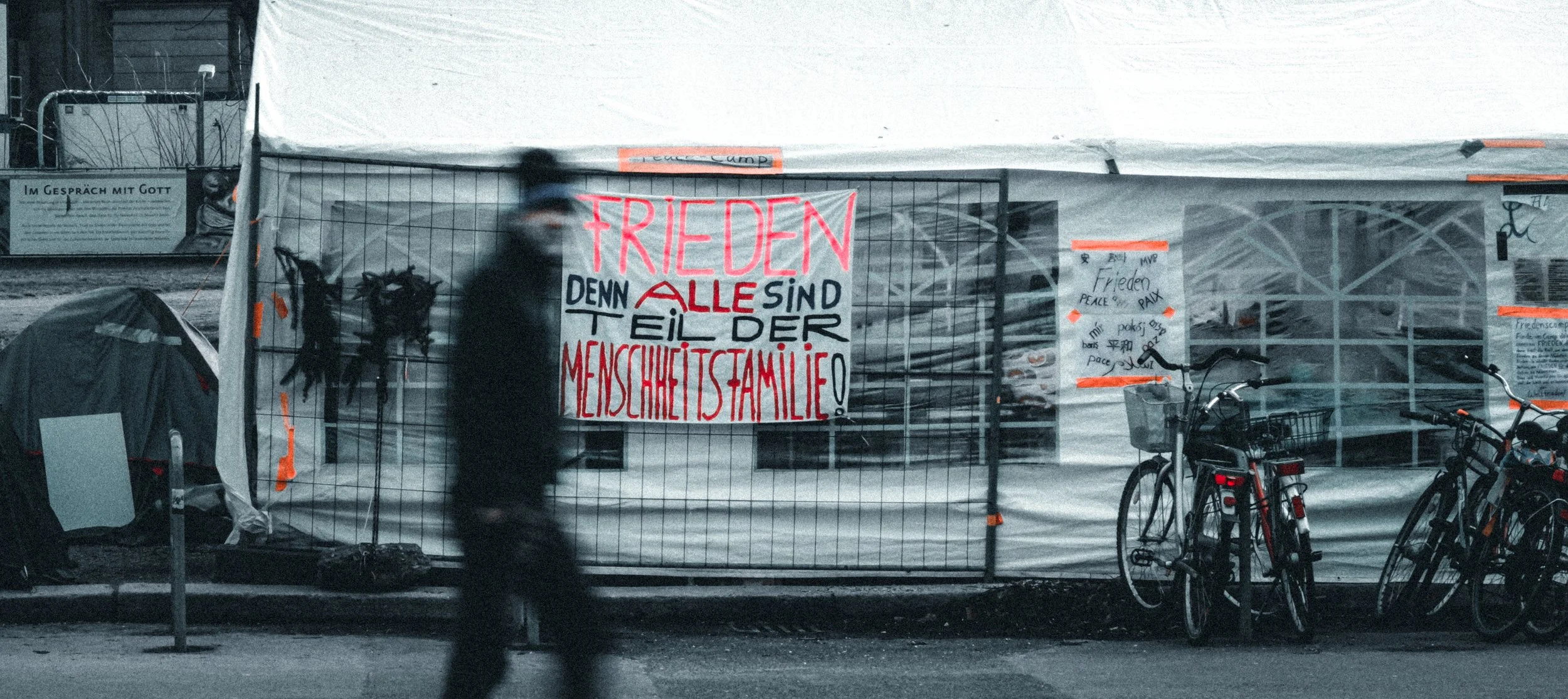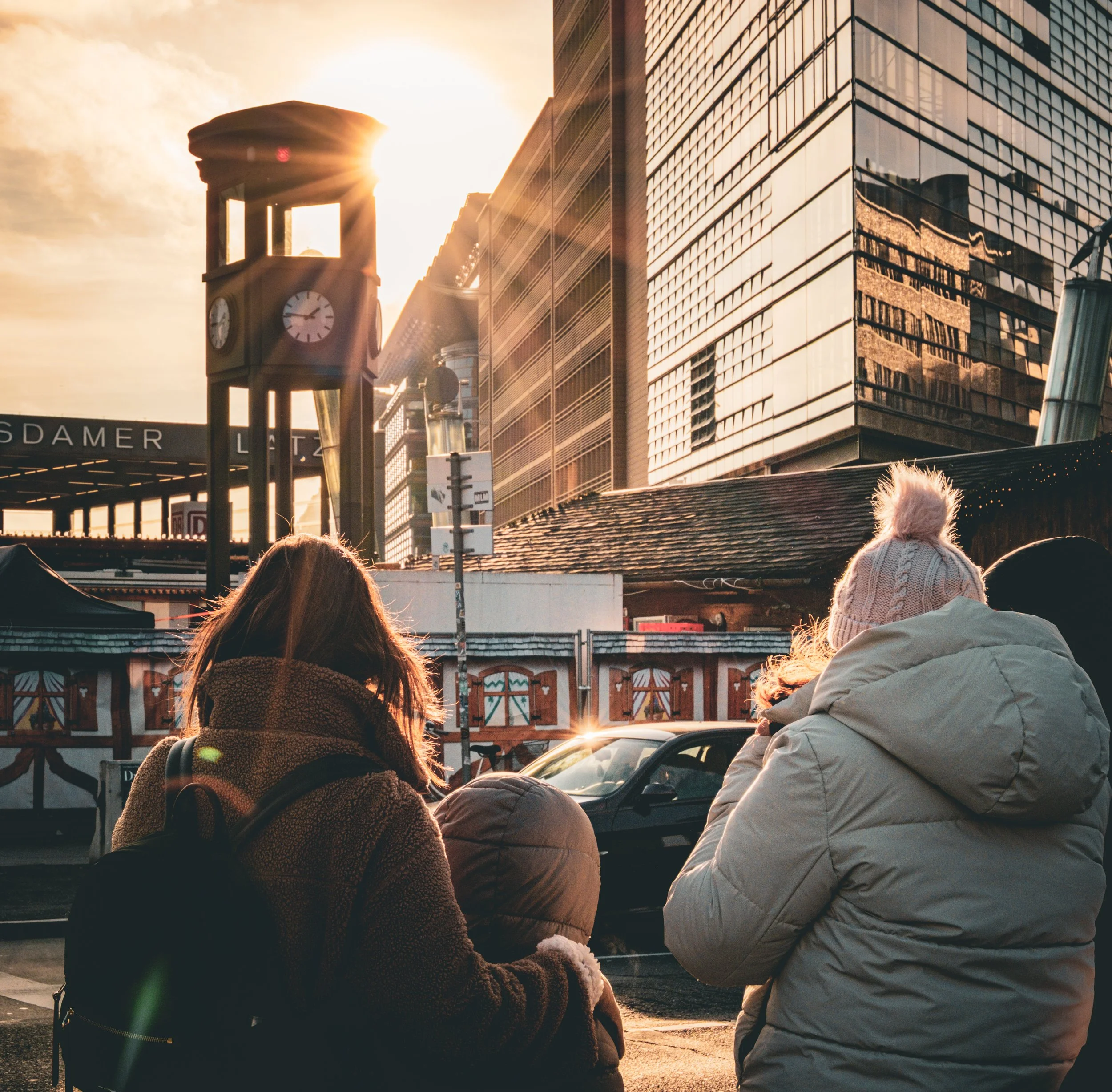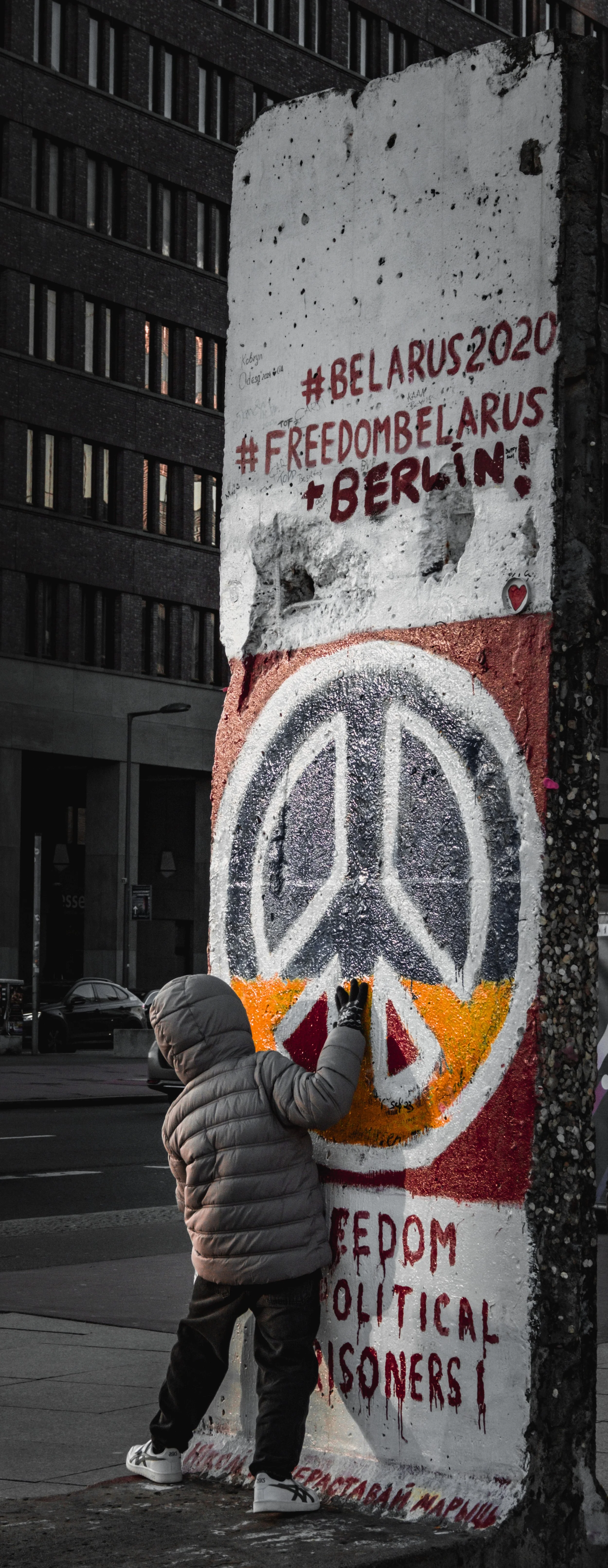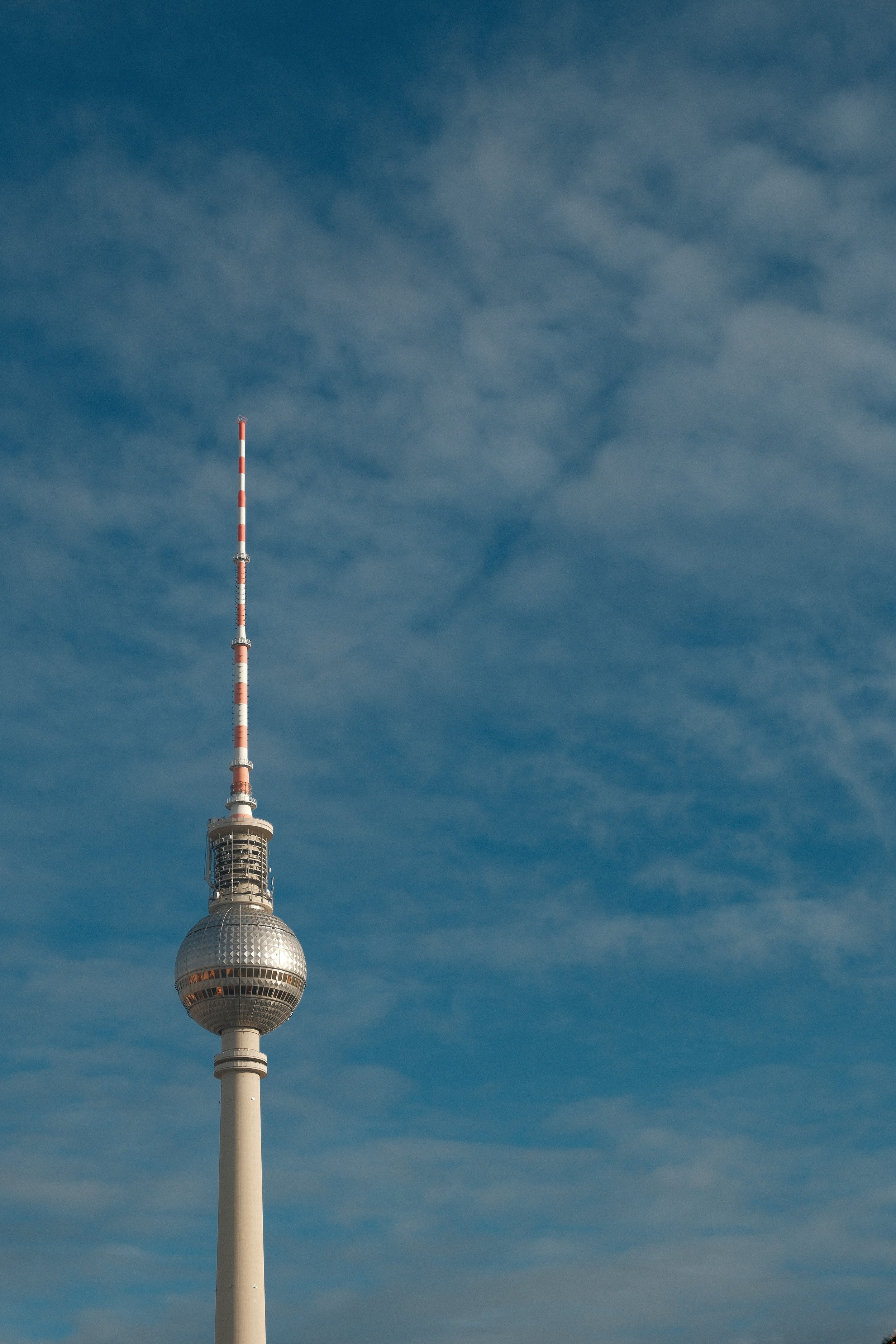
Berlin,
Upgraded
After a few years of doing and learning photography with phones, I reached a point where I knew it was time to move on and step up the game. Not just to take “better photos,” but to take the process more seriously.
I knew it wasn’t going to be an easy decision. There’s no shortage of options out there, and the deeper you look, the more it starts to feel like choosing a camera is some kind of personality test. I wanted something that made sense for how I shoot now, but also something I wouldn’t feel limited by a year down the line.
I spent weeks deep in comparison charts and YouTube rabbit holes, trying to find something that wasn’t too basic but also wouldn’t completely drain my bank account. I didn’t want a camera I’d outgrow in a year, but I also wasn’t ready to dive into full-frame territory with a body the size of a brick. What I was looking for felt simple in theory: something compact enough to travel with, but powerful enough to grow into over the next five years.
Portability was a big one — I like to move around when I shoot, and the idea of dragging a huge setup through city streets or mountain trails didn’t appeal to me. I wanted enough megapixels to crop when needed without killing the image, reliable autofocus (because I'm still human), solid battery life, and decent video capabilities — at least 4K 60p. Weather sealing, dual card slots, and image stabilization were also quietly sitting on the wishlist, even if I didn’t want to admit it at the time.
Fujifilm’s film simulations were actually one of the big pluses for me when choosing a camera. I liked the idea of having a solid starting point straight out of camera — something that didn’t feel flat or overly processed. It wasn’t about avoiding editing altogether, but more about getting closer to the look I wanted without starting from zero every time. It felt like a creative tool, not just a preset. I still shoot RAW, but having a baked-in look that already feels close to the final image is something really nice to have.
In the end, the X-T5 checked all the boxes that mattered — and then some I didn’t realize I cared about until I started using it.
I spend many hours learning and looking for inspiration on YouTube. One genre that really caught my interest early on was street photography — especially the challenge of capturing people. There’s something fascinating about catching a fleeting expression, a gesture, or an interaction that lasts only a second. It requires you to be constantly alert, always ready, and quick enough not to miss the moment. It’s unpredictable and unscripted, which makes every photo feel like its own small story. That kind of spontaneity is what pulled me in.
Have a look at my first attempt at street photography using the X-T5. As expected, it came with a fair share of trial and error. I struggled with getting the right ISO, shutter speed, and aperture settings — sometimes second-guessing myself, sometimes just reacting too slowly. I missed a lot of potential shots entirely, and the ones I did catch often had issues: out of focus, slight motion blur, overexposed etc. But even with all the mistakes, it felt like the right kind of challenge — the kind that makes you want to keep going and get it right the next time.
I mean, I literally just got the camera a week ago!
The thing about street photography is that finding a good spot doesn’t guarantee a good photo. I’d come across interesting light, a clean composition, or a perfect backdrop — but without a subject, it felt incomplete. So I waited. And waited. Sometimes for minutes, sometimes longer. I stood there hoping someone — or something — would walk into the frame and make it work. Occasionally it did. Most of the time, it didn’t.
But that’s part of street photography — not just walking around and reacting, but also knowing when to stop, hold your ground, and let the scene build itself. It takes patience, and sometimes you walk away with nothing. But that quiet waiting is part of the process, and when something does finally click, it feels earned.
Berlin in Monochrome
Another thing I picked up from more experienced photographers is when to consider black and white. I used to think it was just an aesthetic choice. But what I learned is that black and white can actually bring out what color sometimes hides. If the colors in a scene aren't doing much, but the textures, light, or contrast are strong, it might work better in black and white. It shifts the focus to shape, light, and mood. Now, I’m starting to see scenes where color doesn’t add much — and I’m learning to trust that sometimes, taking the color away can actually make the photo stronger.
Black and white photography relies heavily on tonal range — the distribution of highlights, midtones, and shadows — to create depth and structure. Because you're removing color information, details like texture, contrast, and lighting direction become even more critical. Many photographers also pay closer attention to the histogram when shooting for black and white, aiming to preserve detail across the tonal spectrum. It's less forgiving in some ways, but when done right, it can make an image feel more focused and intentional.
If you're into black and white photography, I highly recommend checking out the work of some true masters — Fan Ho, Jason Eskenazi, Daido Moriyama, Henri Cartier-Bresson, and Sebastião Salgado. Each has a distinct approach: from Fan Ho’s poetic compositions to Moriyama’s gritty street scenes, Salgado’s humanistic depth, Eskenazi’s haunting atmosphere, and Cartier-Bresson’s perfectly timed moments. Their work is a masterclass in seeing without color.
One thing I’m still figuring out is how to photograph people in public. I enjoy street photography — especially capturing human presence and interaction — but I’m also aware of the fine line between observation and intrusion, and I try not to cross it. Most of the time, I stick to taking photos from behind, from a distance, or from angles where faces aren’t clearly visible. If someone obviously doesn’t mind — or is basically performing for the camera without realizing it — I’ll take the shot.
That said, Germany has pretty strict privacy laws, particularly when it comes to publishing recognizable faces without consent. I'm planning to look more seriously into the legal side of things, because — let’s be honest — a lot of photographers are doing it, and they seem to be getting away with it.
Still, I’d rather understand the boundaries now than risk someone stumbling across their face on my website or Instagram and deciding to make it a legal issue.
So yeah — one week in with a real camera, and I’ve already missed a bunch of shots, fumbled through settings, and questioned every decision mid-street. Berlin gave me plenty to work with, and I did my best not to waste all of it. I’m still getting used to the gear, still figuring out what half the buttons do, but at least now I know what I don’t know. We’ll call that progress. Let’s see what happens next.
